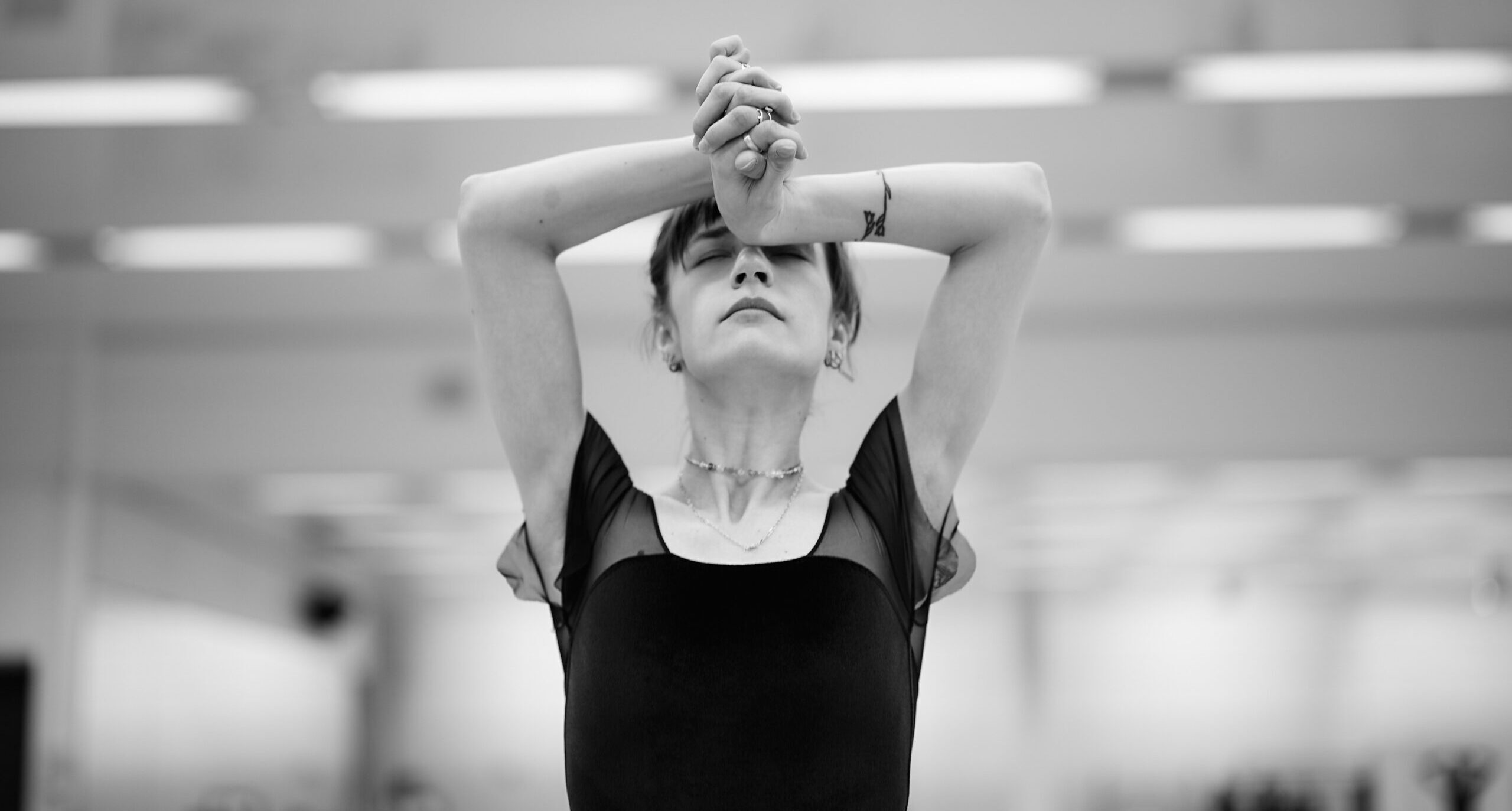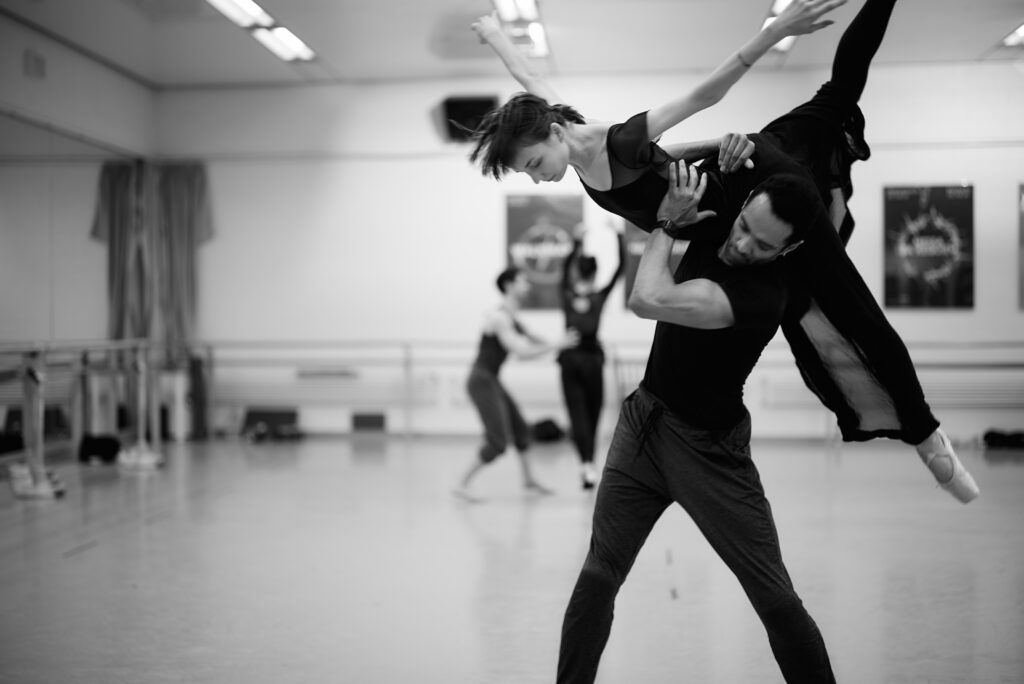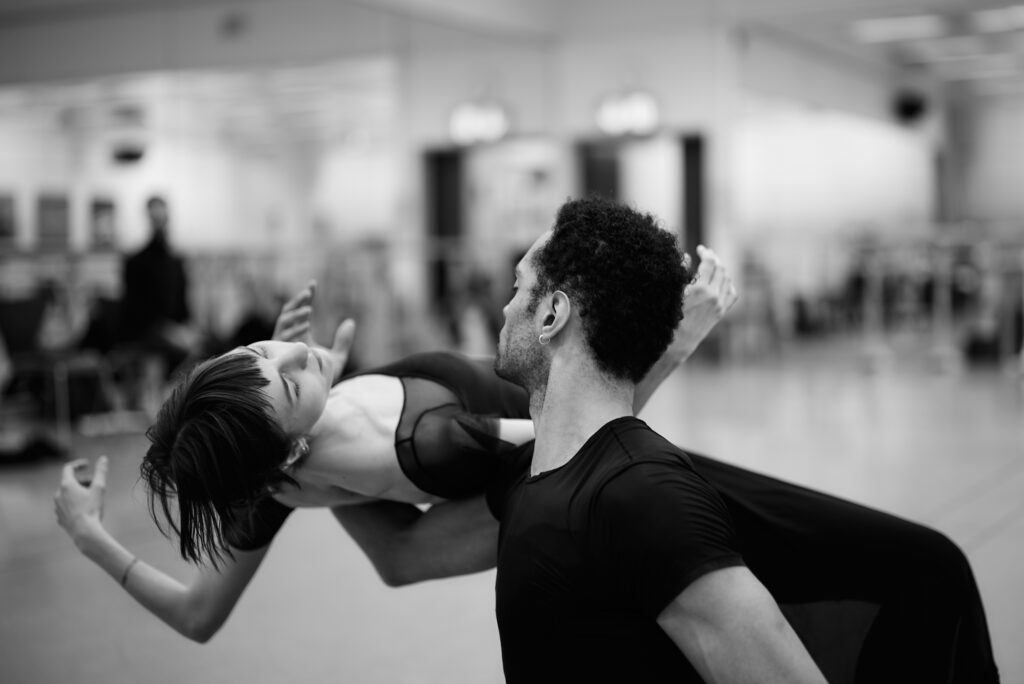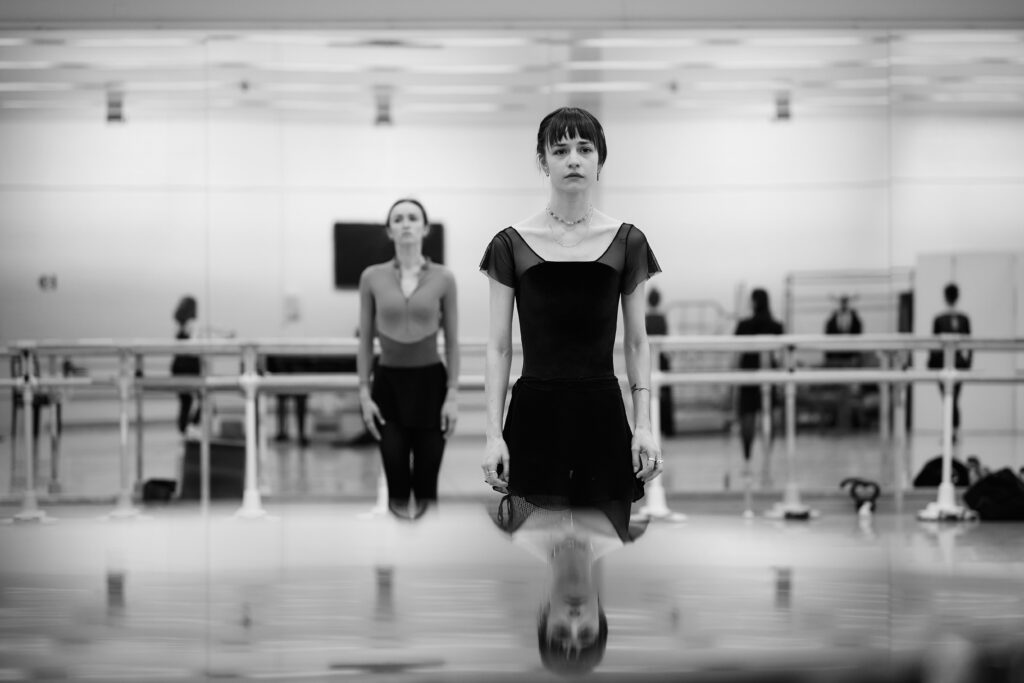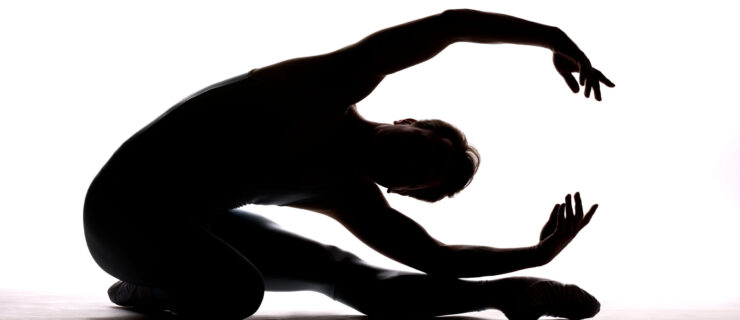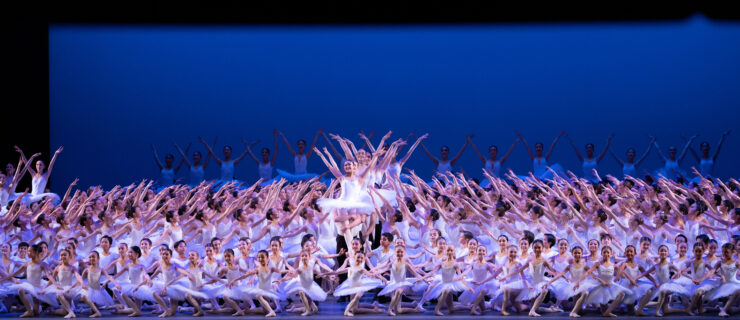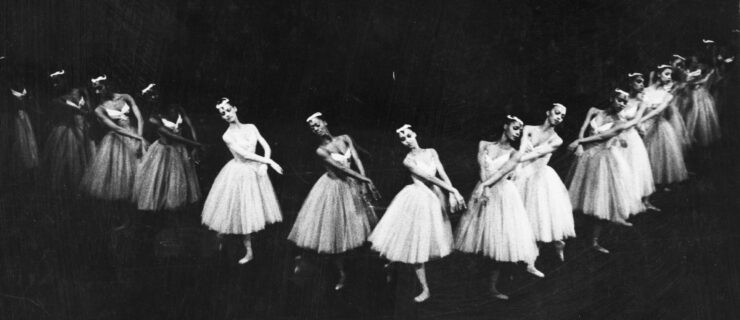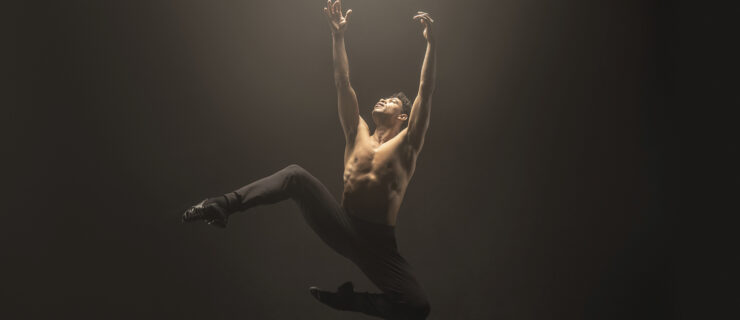Cathy Marston Presents the World Premiere of Atonement at Ballet Zurich
British choreographer Cathy Marston is no stranger to transforming literature into ballet. With her long-time collaborator, dramaturg Edward Kemp, she’s adapted everything from John Steinbeck’s Of Mice and Men to Charlotte Brontё’s Jane Eyre for the stage, mounting her productions on companies including The Joffrey Ballet, San Francisco Ballet, and American Ballet Theatre.
Now, for her first new creation as the artistic director of Ballet Zurich, Marston presents her take on Atonement, Ian McEwan’s 2001 novel that meditates on guilt and self-deception through the story of Briony Tallis, the novel’s unreliable narrator who attempts to atone for her past by rewriting it. But Marston has made some notable changes, namely transforming Briony from a budding writer into an aspiring choreographer. A co-production with The Joffrey, the work will premiere in Zurich on April 28 before making its U.S. debut in October. McEwan, who gave the project his blessing after Marston pitched him the idea, will be in attendance at the premiere.
Pointe spoke with Marston to find out more.
Where did the idea come from to adapt Atonement into a full-length ballet?
Sometimes, I read books and straightaway start imagining them in dance. This was the case with Atonement. It’s an extremely crafted novel, and it demands the same in its translation to the stage.
It’s very pictorial as a book. The first part, which is set in the 1930s at the Tallis family’s country house, is reminiscent of a pastoral ballet: There’s lots of characters, and it’s all about how their relationships weave together. Then, in part two and three, there’s this epic backdrop of the Second World War. There’s large groups of people rather than many individuals—soldiers, nurses, and prisoners of war. The contrast between the sections really lends itself to ballet. You have different forces to play with.
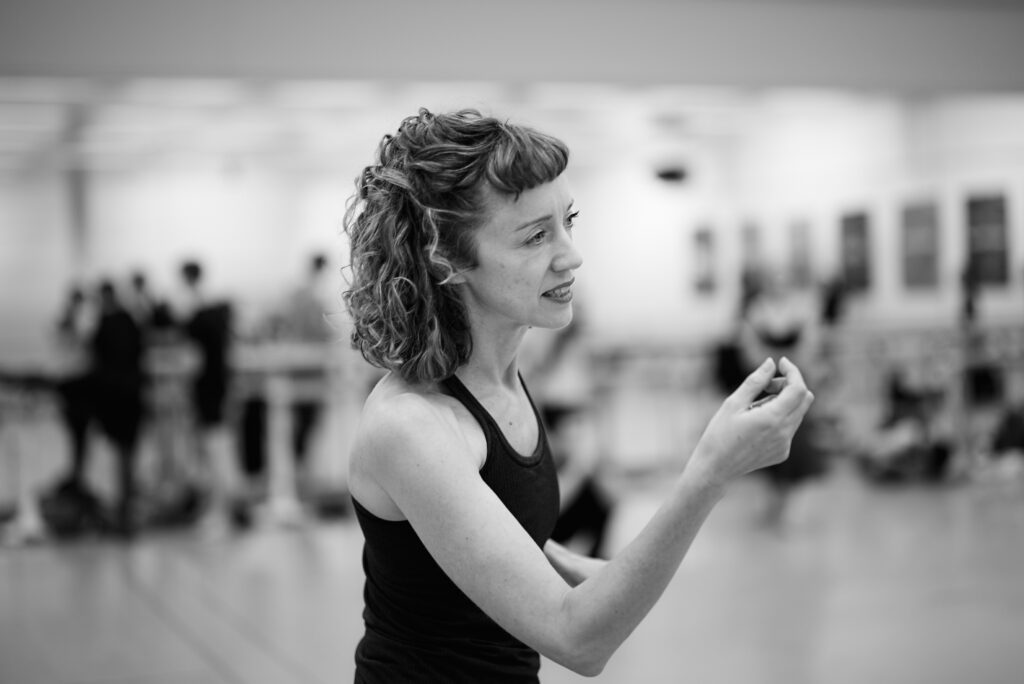
In a 2021 interview with Dance Magazine, you described Atonement as a “white whale” story you’d love to tackle. Why does it feel like the right time to do this?
The opportunity first came about with Joffrey Ballet. Ashley Wheater, the director, was very excited when I told him Atonement was a piece I’d like to do. Around the same time, I was offered this job in Zurich. Initially, it was only a two-year contract. You can’t do too much as a director in that time. But, as I already lived in Switzerland, I thought to myself, I don’t have to move house…and I can make Atonement.
You’ve transformed the narrative so that the character of Briony becomes an aspiring choreographer instead of a writer. Why?
Briony’s slightly controlling, sort of like a puppet master. Her precision and need for control—you can find ballerinas like that! It felt like Briony could easily be a young dancer, and that it would be a more satisfying thing to convey onstage.
I researched Dame Gillian Lynne, who was around the same age as Briony in the ’30s, to make sure this storyline was plausible. During the war, Lynne danced with The Vic-Wells Ballet. Later, she joined The Royal Ballet as a choreographer. Briony’s not based on Lynne, but her life shows it was possible for her to have had a similar career.
What was the choreographic process like?
I’ll go into the studio with a list of words for each character and begin to develop phrases for them based on that. Briony’s movement, for example, is very angular and brittle. She’s always spying on people, so we’ve made motifs that reflect that. Cecilia, the romantic lead, is more sensual, and Paul, a businessman and friend of the Tallis family, is very sneaky, smooth, and spiraling.
Is Atonement a statement of intent for your now extended directorship of the company?
It’s unashamedly narrative and it’s a literary adaptation, so it does reflect how I want to tell stories in a contemporary ballet framework. It’s also got a brand-new, commissioned score (by Laura Rossi)—that’s something I stand behind as often as I can.
What will the sets and costumes look like?
Michael Levine is doing the set. He’s made a stretch canvas that looks like a priceless heirloom painting. The whole of Act I happens inside that. Then, in Act II, the painting gets pulled back and becomes smudged until a black, warlike landscape is created. Other than that, there’s a few chairs and minimal props. The costumes are from the period. They put us in that world but are more stripped-back. It’s not like a BBC drama where every button is authentic.
Atonement is now over 20 years old and has never been staged before. How relevant do you think its themes are to audiences in 2024?
Briony’s idea of being able to rewrite someone’s life for the better is, for any sensible brain, a ridiculous notion. Yet there is scientific evidence suggesting that we feel our experiences differently according to the stories we tell about them. Many people can have an awful day, yet if they post three fabulous photos onto Instagram, it feels successful.
These days, we’re obsessed with misinformation. There are so many unreliable narrators of our time invading our very personal space. Whether or not we change the truth through the stories we tell is a very relevant topic.
